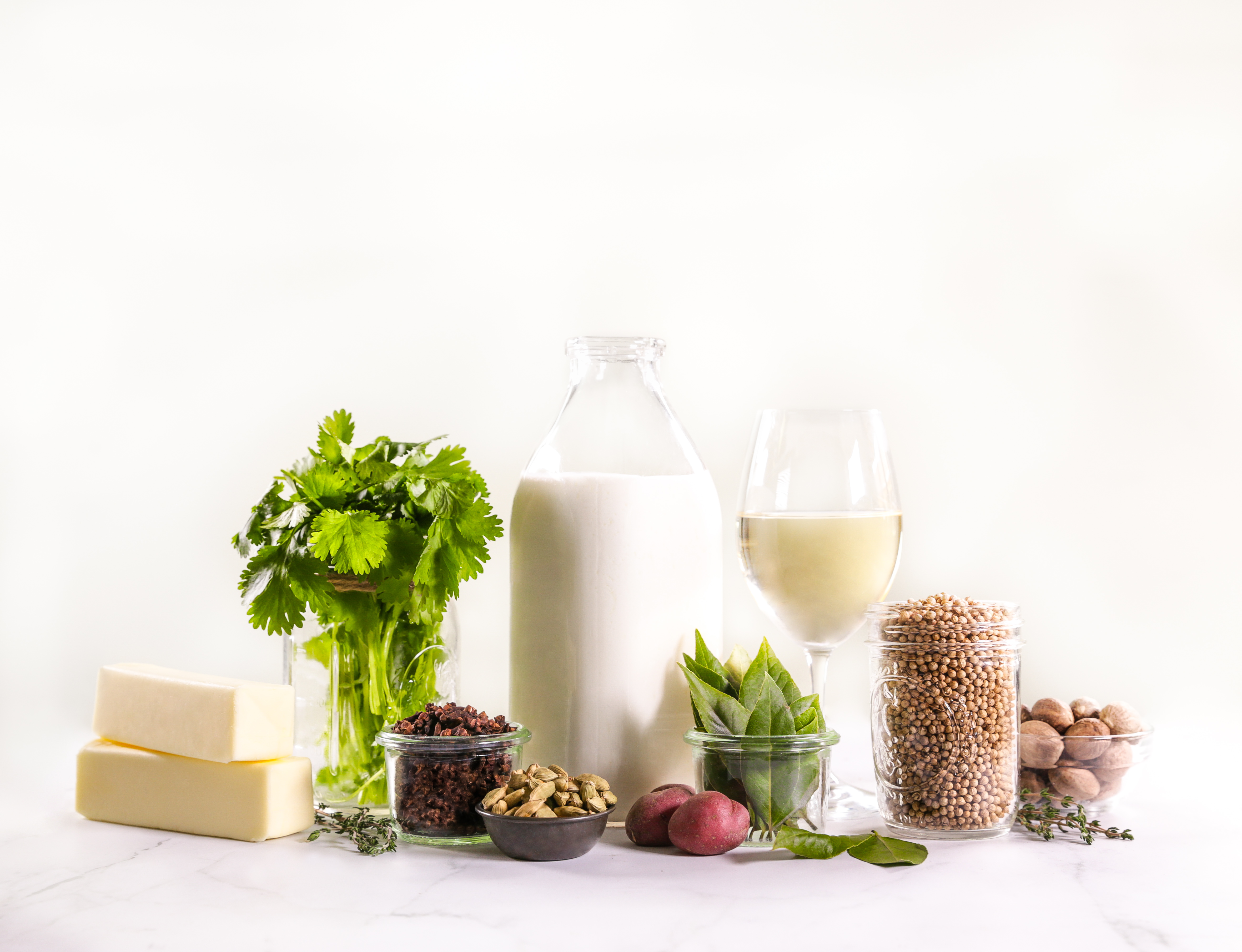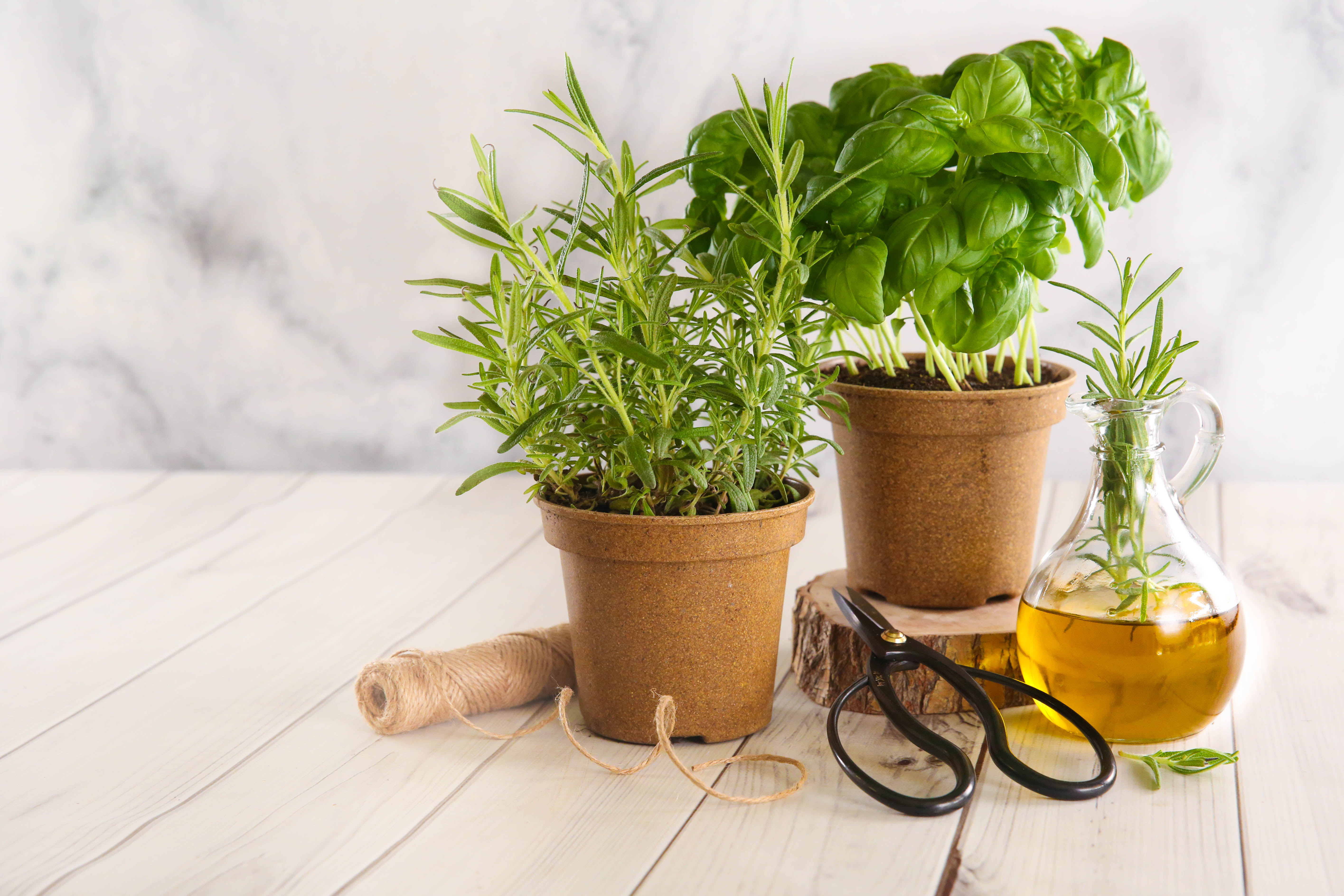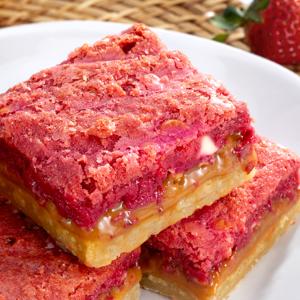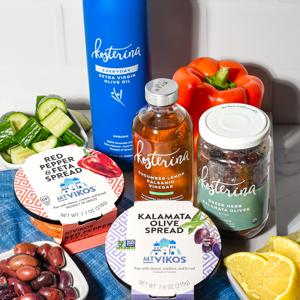
Smart Substitutions When Cooking

- POSTED Sep 30th, 2021
- BY Chef Carrie Walters
With all of us cooking more at home and having a better stocked pantry, more than likely, you might have something in your kitchen that’ll work when you are missing an ingredient. As you’re making your substitutions, there are a couple of important things to always keep in mind no matter what the ingredient is—flavor and texture. Cooking tends to be way more forgiving than baking does when you need to substitute an ingredient or two. But just like in life, learning to adapt and rise to the challenge can make life only more delicious. Enjoy and have fun in the kitchen with these smart substitutions when cooking by your side.

Herbs and Spices
A good rule of thumb to follow is that for every 1 tablespoon of fresh herbs, substitute 1 teaspoon of dried. Remember that dried herbs are more potent than fresh, so use sparingly. Herbs tend to fall into 2 categories, tender or sturdy. Tender includes bright, light floral herbs that are typically used fresh, like basil, chives, and cilantro to name a few. Sturdy herbs tend to be more savory and are commonly found dried because of their oil content. These herbs include bay leaf, oregano, and thyme. For better substitute choices, stay within the same group or try similar flavors. For example, try subbing mint for basil or dried thyme for marjoram. Or try similar flavors, like onion or garlic powder with a little parsley as a replacement for chives.
Spices tend to fall into categories with similar or shared flavors. Here are a couple groupings: baking, like allspice, cloves, cinnamon, and nutmeg, fragrant spices, like fennel, saffron, cardamom, and coriander, warm or peppery varieties, like chili powders, cumin, ginger, and mustard powder, and earthy types, like onion, garlic, and turmeric. The spices in each of those categories complement one another and can easily be swapped for one another.

Oils and Fats
Oils and fats are categorized by cooking properties based on either low smoke points or high smoke points. The low smoke point fats burn quickly and tend to be more solid, meaning that they perform best when using low-heat cooking methods, like sautéing. These fats include butter, bacon fat, margarine, and vegetable shortening. High smoke point fats, like canola oil, corn oil, grapeseed oil, and vegetable oil are best suited for high-heat cooking, such as frying. Pick one that will perform the way you want it to.
Dairy
Think about grouping dairy items based on texture. Sour cream, crème fraîche, and yogurt have similar textures and would make a good substitutes for one another. Buttermilk is easy to replicate with lemon juice or vinegar and milk. (1 Tbsp of lemon juice or vinegar for every cup of milk.)
No butter left? Try using oil for pan frying or sautéing instead. If you’re looking to add richness to a finished dish, try drizzling in a little cream.
When subbing cheeses, be sure to look for varieties with similar textures. A good example of this would be switching out a Cheddar with a Gouda or Jarlsberg, all of which have similar textures.
Stock or Broth
Both help add flavor, but more importantly they add liquid. Of course you can substitute water, but in doing so you may also be diluting the flavor. I like using Better than Bouillon, a jar of reassurance that once opened lives quite contently in your fridge. It comes in a variety of flavors like beef, chicken and vegetable. White wine can also be handy for this, or try seasoning water with a little soy sauce, Worcestershire sauce, lemon juice, or vinegar.
Produce
Different types of produce can be substituted based on the flavor and texture. Many root vegetables can be switched around with one another and will work well in almost any recipe. Greens can be divided into 2 categories, tender or firm. Some good examples of firm are escarole, kale, and turnip greens. Tender greens include mesclun, mâche, and spinach.
Meat
When substituting beef, I focus on the firmness of the meat—either tough or tender. Common substitutions are using brisket instead of chuck roast, New York strip in place of rib-eye, and vice versa.
Boneless chicken breasts and boneless chicken thighs can easily be swapped for one another. Keep in mind that cooking times may vary as you make this substitution.
Subbing for ground beef? Ground chicken, pork, turkey, and even sausage can work. You may just have to adjust for seasoning and fat content.

Comments
Leave a Reply
-
ONLINE SHOP
(866) 748-1391 shop@dorothylane.com -
Oakwood
(937) 299-3561- Mon - Sun: 6:00AM - 10:00PM
-
Washington Square
(937) 434-1294- Mon - Sun: 6:00AM - 9:00PM
-
Springboro
(937) 748-6800- Mon - Sun: 6:00AM - 9:00PM
-
COMING SOON: MASON
Craving More?
We'd love to fill your plate with recipes, stories of our food adventures, gift ideas, and news of sale items.
SIGN UP FOR OUR E-NEWSLETTERS








